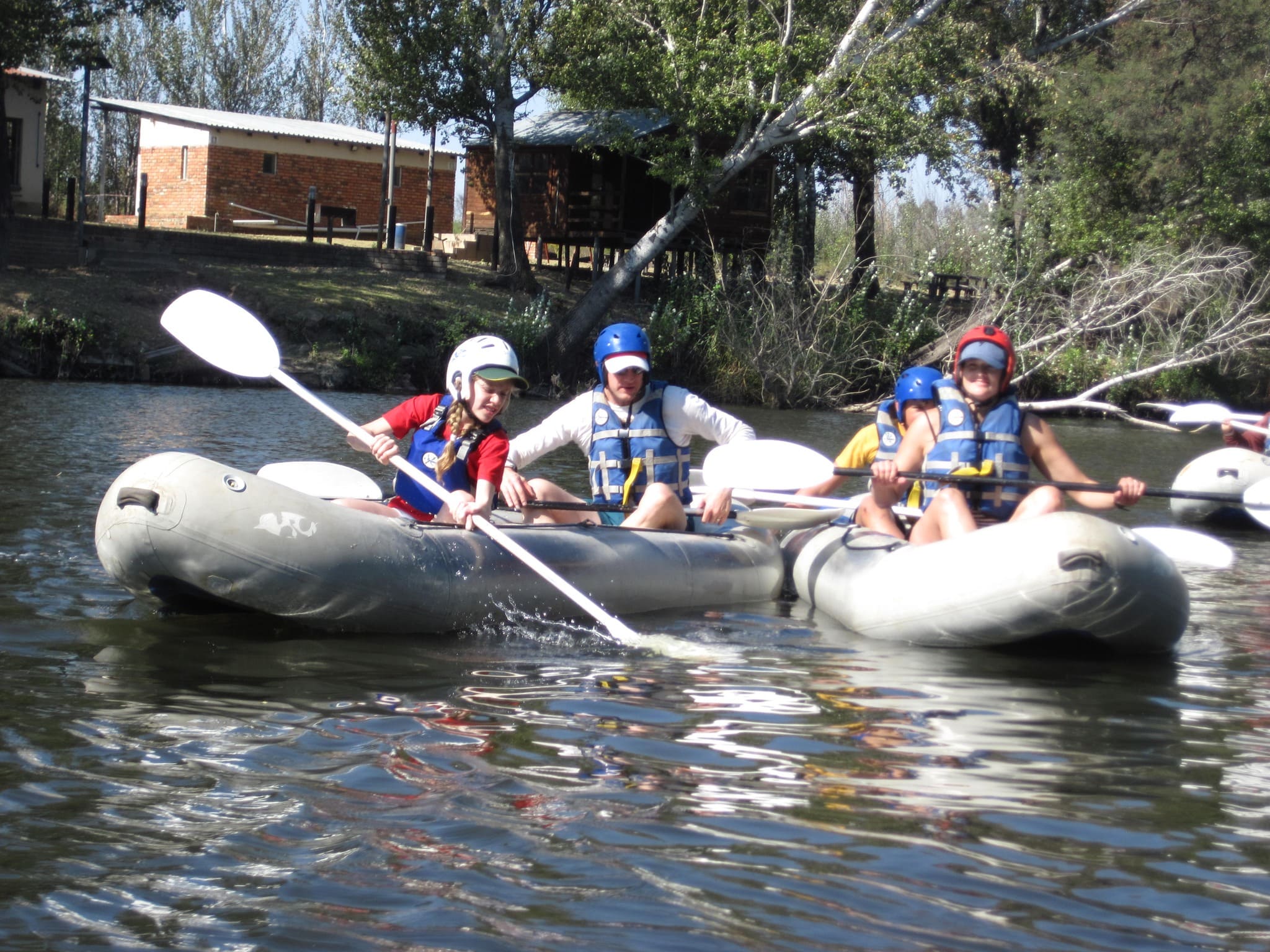Can horses swim? This is a question we get asked all the time. Yes, horses can swim, and they do it very well. However, they often need a little push to get in the water first. Swimming is one of the best aerobic exercises for horses because it uses the whole body at once without the horse having to carry weight.
You can assist your horse in enjoying the advantages of swimming as long as you have a good stable for him to rest and warm up after swimming. In the same method, a doctor could tell a person in recovery to go swimming, and a vet might say to a horse to do the same. So, we decided to answer the question Can horses swim? And tell you some benefits.
Table of Contents
ToggleHorses Can Swim
On a hot day, horses love nothing more than to jump into a pool, river, or ocean and swim around in the cool water. Swimming with horses isn’t new, but it has changed over the years to be used in training and rehabilitation centres for horses that have been hurt or have been through a lot. Horses are good swimmers and letting your horse swim often can do many good things for its health.
Advantages of Exercise Pools
Horses have been using equine therapy pools as a common way to work out and get treatment for a long time, and they are becoming more and more common in regular training programs. Using an equine pool to exercise your horse is a good and safe way to keep him fit and healthy and to help him heal from any injuries he may have had.
Also, check out the best horse riding adventure tours in South Africa.
Rod Fisher, a well-known endurance vet, says that using underwater treadmills for horses as part of regular fitness programs is a “useful exercise that doesn’t put stress on joints.” We think it’s an excellent idea for your horse to swim, as it has a lot of great benefits.
Swimming strengthens the muscles and tendons.
Most of the time, your horse will only use 60–70% of his muscles when he works out. Many horse exercises help the horse perform better and get into the correct position. However, doing the same exercises repeatedly without letting the horse’s muscles fully lengthen can cause spasms and stiffness. His body stretches out when a horse swims in circles, and his stride gets longer. This helps him stay afloat in the water.
Swimming helps your muscles get longer, which prevents muscle spasms and stiffness and makes you more flexible and balanced. A horse that works out in a pool will get stronger and have more stamina than a horse that works on the ground. One reason is that water has more resistance, so you must work harder to move it.
Tendon injuries can be treated by swimming.
Swimming is good for horses because it helps heal injuries to their tendons. Tendons on a horse are made of muscular fibrous tissue that connects muscles to bones. These tendons are like springs in the body because they take up the force put on the bones when the body moves.
Because of this, the horse’s tendons usually carry much of its weight and are much more likely to get hurt than other parts of its body. Swimming is a great way to help horses with tendon injuries get exercise and keep their muscle tone and flexibility up without putting pressure on the wound.
Helps the cardiovascular and respiratory systems.
Swimming is good for horses’ hearts and lungs, which is another benefit. Regular exercise is one of the best ways for a horse to improve its cardiovascular fitness, and swimming is one of the best all-around exercises. Swimming is a low-impact aerobic exercise that has been shown to improve the heart’s health by helping it contract and relax more efficiently.
Making the heart healthier can work better, and the lungs have to work faster to begin taking in more oxygen. The heart and cardiac systems work well together, so if you improve one, you can also enhance the other. Swimming is a great way to shape your horse’s heart and lungs. It’s a great cardio workout that helps both the heart and lungs work better.
How does swimming help a horse emotionally?
When a horse gets hurt, he may feel traumatized, shocked, or afraid. When a horse is injured, the most common treatments are medicine, stall rest, and brief periods of exercise. But this isn’t always the best thing to do. During recovery, a horse that has to stay in its stall can get out of shape, lose muscle tone, and even go a little stir crazy.

Horses must move around and think about new things to keep their bodies and minds healthy. Swimming can be an excellent way for a horse on stall rest to stay fit and maintain muscle tone. It also gives the horse mental and physical stimulation and lets his body heal from injury. Of course, it’s important to remember that every horse’s injury is different, and sometimes it’s best not to exercise the horse and just let him rest in his stall until he gets better. Always do what your vet tells you to do first.
Swimming and the Advantages of Rubber Matting
When you add swimming training to your horse’s regular exercise routine, it’s essential to know what you need to do. Rubber matting is critical sound equipment for horses that like to swim.
Rubber matting is a great alternative to straw for bedding in the stable, and it’s also a great place to wash your horse down after he’s been swimming. Rubber matting is easy to clean and gives your horse a good grip when he gets out of the water, so he doesn’t slide around on the floor.
Also, it solves the problem of a wet stall because it doesn’t mould or get wet like straw does, and it’s easy to clean and dry after you’ve taken care of your horse. If you take your horse swimming often and haven’t thought about rubber matting for your stable yet, you should!
Start your horse out in shallow water.
Whether your horse is scared of water or has been hurt, it is best to teach it to swim as slowly as possible. One of the best ways to do this is to start your horse in shallow water and work your way up.
Go at a speed your horse is comfortable with, and make sure he always feels safe and comfortable, so he doesn’t panic, buck, or freak out. When trying to teach your horse to jump into the water, starting him out in shallow water is an excellent way to get him used to the water and show him that it can be a fun and safe place.
Use swimming to train your horse safely.
Horses can get tired from being trained on hard surfaces and standing all day. Swimming can help your horse feel better, stay fit, and even get better. Adding swimming to your horse’s regular exercise routine will help improve his physical and mental health, lower the risk of injury, and keep your horse healthier and happier for longer.
Always ask your veterinarian for advice.
Asking your vet for advice is one of the best things you can do for yourself and your horse when starting a new exercise routine, especially swimming. Your vet can check out your horse, decide if it is healthy for him to swim, and see if regular aerobic exercises would help his injuries. Your veteran will assist you through the process and ensure your horse can swim safely and effectively.
Also, read Waterfalls of Africa.









